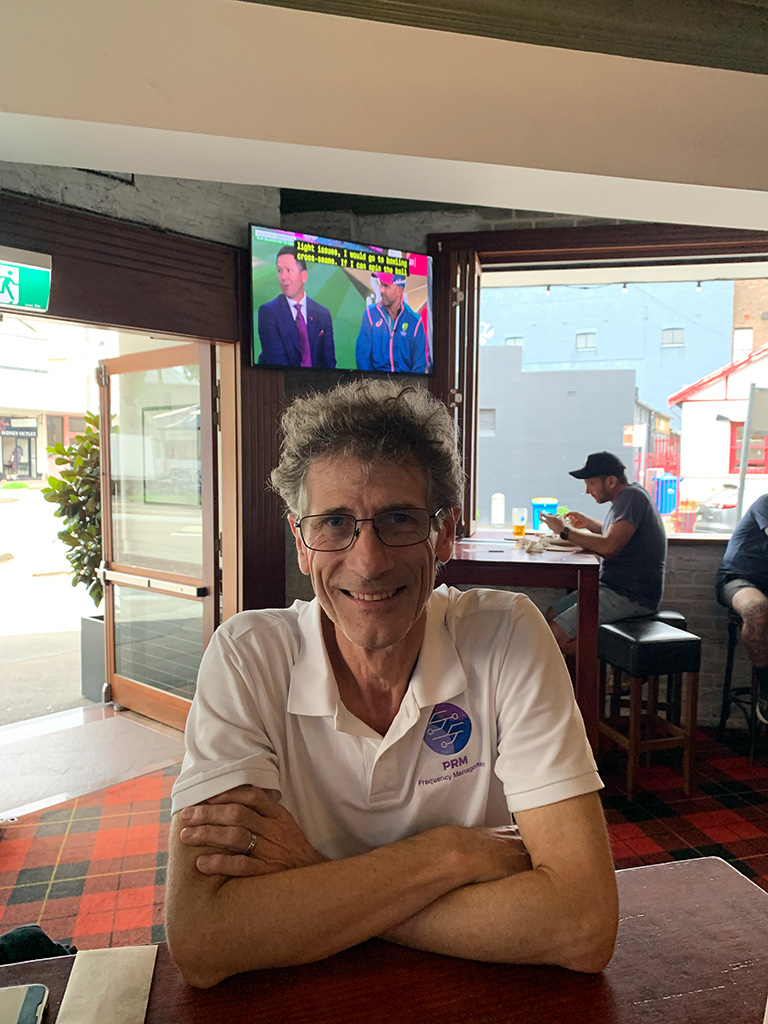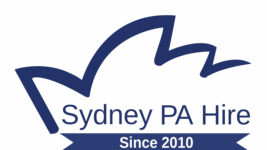PEOPLE
10 Jun 2024
WHY DO I (STILL) DO THIS?

Subscribe to CX E-News
Peter Twartz, Frequency Guru
Almost everyone in Australian pro audio knows Twartzie. Eternally positive, UK accented, and with energy levels hard to believe for an older guy aged 67.
Peter: “At school it was lighting in the Lincoln School hall in England, around 1974. Then my brother started playing in a band and I started with sound. Eventually I was touring with a musical, which then came to Australia. I landed as technical manager – no visa required as I had an Australian passport having been born here. The family went to England when I was only four.”
“I came back at age 22, flying into Sydney in 1979 and never went back. I ended up working for Steve Smith at Q Sound. We had lights from Barratt Lighting – that was you. Ended up in technical sales with Klarion. Went over to start PA People Concert Production with Chris Dodds and after a couple of years Jands wanted me to represent Soundcraft – which I had done at Klarion.”
“With their blessing I started doing frequency management gigs on the side. Eventually it got harder to worry about radio frequencies as more channels opened up, with in-ears. I was at Jands for over 30 years.”
“A theatre show can have 80 channels of wireless. They don’t need someone like me, because they’re in one place and they have time to get it all sorted in rehearsals. These days I deal mostly with everyone at (or around) a major sporting event, sorting frequencies.”
I saw Peter managing a cricket test, with four different broadcasters, a whole pile of random media in and outside the grounds, and a pop-up stage across the road. He had a runner constantly seeking anyone with a wireless system, some of them using illegal frequencies, and he kept tabs on the lot.
The endless uptake of wireless reached such a level of demand that without really intending to, Peter, along with his business partner and wife Susan, found themselves running what is today a very busy company.
Peter: “By example, this year’s AFL Grand Final and Melbourne Cup both had over 700 frequency allocations in and around the stadium, and over a hundred users all managed using www.freqcoord.com.”
“I’m 67 and I could have retired but I’m not the retiring type. A lot of what I do is ‘putting things in the right box’. I happen to know what works and can allocate frequencies to people.”
Family matters: “Daughter Jo lives in Boston and is a Compliance Director working for a large crypto bank. My son Chris is Operations Manager for a crop-dusting company in Moree. We have three granddaughters.”
The way the business is structured allows Peter and Susan to travel and be around for family.
What are the technical challenges?
“There will always be challenges because we can always do a gig better.”
Is there a tendency in audio to over specify?
“In audio you can add more mics, but they have to fit in the same spectrum. We’re always putting more in. Somewhere around 300 frequencies potentially at a major event, but they can interfere so you can’t use them at the same time. On a smaller stage 80 is the limit. In a stadium every 50 metres of space means more because the intermodulation can be managed. Fortunately, I give them frequencies and they trust me.”
That’s the kicker – a major televised sporting match can’t have ‘dead air’ when an on- camera commentator is talking. That’s the existential dread for a director, and that’s why PRM are flying their racks and specialised crew all over the country.
We finish our modest pub Shnitty lunch (one beer each) at the Art Hotel, and characteristically, Peter strides off at a great pace I could never match.
Subscribe
Published monthly since 1991, our famous AV industry magazine is free for download or pay for print. Subscribers also receive CX News, our free weekly email with the latest industry news and jobs.






